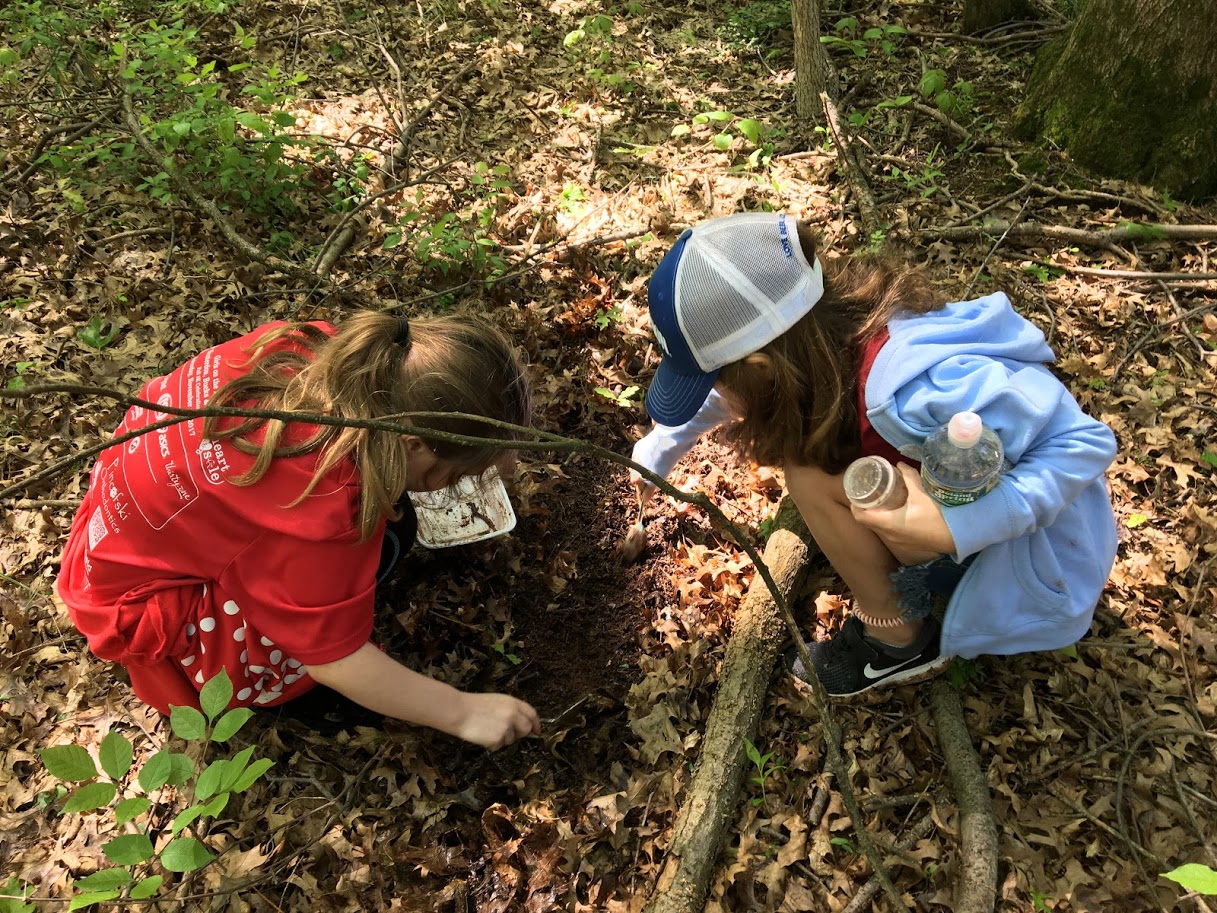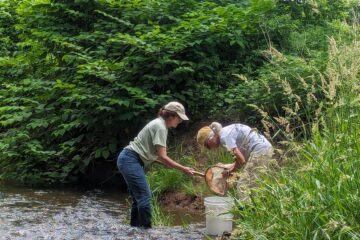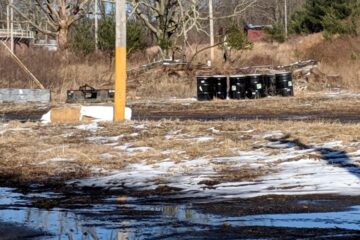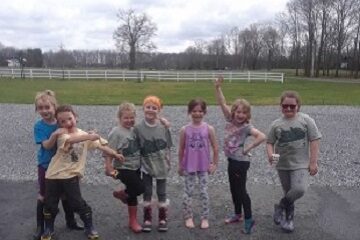An outdoor activity that allows children to explore insects in their natural environment. Created by Debbie Newcomb, RHA Educator
Level: All ages
Duration: 45 minutes
Setting: Backyard
Materials
- Metal spoon, small shovel or trowel for digging
- Small tray, magnifying jar or bug box
- Field guide or insect ID sheet (helpful, but not required)
- Nature journal or notepad and pencil for recording observations (see RHA lesson plan for creating your own nature journal!)
- Magnifying glass (helpful, but not required)
Background Information: Insects are classified as organisms that have six legs and three body parts (a head, thorax and abdomen). Insects are beneficial to our environment due to their ability to decompose logs and leaf litter and maintain healthy soil. Some flying insects are pollinators. They are important because they pollinate the flowers of the foods we eat. Spiders, ticks and invertebrates can also live in the soil. Spiders and ticks have eight legs and two body parts (a cephalothorax and an abdomen) and feed on other insects. They also help maintain a healthy population of insects. Invertebrates are small organisms that do not have a backbone (common soil invertebrates include worms, centipedes, millipedes, snails and slugs). They too enhance soil organic matter decomposition and help maintain healthy soil.
 The Activity:
The Activity:
- Check under the bark of dying trees, or on the bark of living trees for insects.
- Looks in or under rotting logs.
- Lift rocks and check underneath.
- Use the metal spoon or shovel to dig gently in the soil near trees.
- Look under piles of leaves.
- Check your garden or any flowers growing in your yard.
- When you find an insect or organism, gently remove it and place it in your tray, magnifying jar or bug box.
- Observe how the insects behave and any special characteristics they may have. Use the magnifying glass for closer examination.
- Use a field guide to help identify what was found.
- If you have trouble identifying what you have found, take a picture and upload it to the RHA Community Learning Facebook Group and an educator can identify it for you!
Wrap-up:
- Return all critters to the areas in your backyard where you found them.
- Ask children what their favorite insect was that they found and why.
- If time permits, have children draw a picture of their favorite insect in their nature journal or notebook.
- Remind children that all living things serve a purpose and it is our responsibility to care for them.
STEM Challenge (grades 5+):
- Based on characteristics, classify organisms into insect, arachnid and invertebrate populations.
- Think about where the organisms live and what they use as sources of food and shelter.
- What is their role in the food chain?
- Explain how they are beneficial (or harmful) to the environment.
- Brainstorm methods and design features that you could use in a garden to attract beneficial insects. Discuss the dangers of using pesticides. Although some pesticides target specific pests, they may harm both problem and beneficial insects. Discuss plants that beneficial insects need for food.
How did you like this activity? Please share any questions, comments, or photos that you and your child have on the Raritan Headwaters Learning Community Facebook Page!
More Raritan Headwaters Learning Resources



